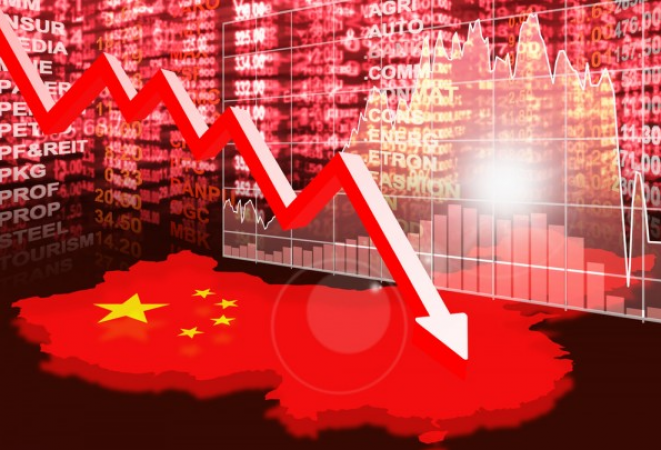
China's economic growth faced a notable deceleration in July, with a growth rate of 4.8%, marking the slowest pace since the onset of the COVID-19 pandemic. A combination of factors, including the ongoing property market crisis and the government's efforts to manage debt, have contributed to this downward trajectory.
Impact of Property Market Crisis: The property sector, which constitutes approximately 25% of China's GDP, has encountered significant challenges over the past year. Despite the government's attempts to rejuvenate the market, it has remained in a slump. These measures included various incentives and support policies, yet their efficacy has remained limited.
Government's Debt Management Measures: The government's endeavors to control the nation's high debt levels have also influenced the economic slowdown. The focus on reducing debt has led to a moderation in credit growth, impacting economic activity across sectors.
Also Read: UK Home Office Contemplates Electronic Tagging of Asylum Seekers: Balancing Perspectives
Additional Factors Contributing to the Slowdown: Several other factors have contributed to the economic deceleration, including the ongoing COVID-19 pandemic, supply chain disruptions, elevated inflation rates, and the geopolitical implications of the conflict in Ukraine. The pandemic's impact on global supply chains, coupled with surging energy prices due to geopolitical tensions, has further weighed down on China's economic growth.
Global Implications: China's economic performance has far-reaching global implications due to its position as the world's second-largest economy. The slowdown in China's growth could potentially ripple through the global economy, leading to a broader deceleration in global economic activity.
Government Response and Mitigation Efforts: The Chinese government recognizes the potential risks to the economy and has taken steps to counteract these challenges. Some measures include interest rate reductions, easing reserve requirements for banks, and initiating infrastructure projects aimed at stimulating economic activity.
Also Read: Tragedy Strikes as Boat Capsizes off Greece: Migrants' Perilous Journey
Anticipated Factors Shaping Future Growth: Several other determinants could influence China's economic trajectory in the upcoming months, including:
20th National Congress of the Communist Party: The outcomes of this significant political event could introduce policy changes that shape the economic landscape.
COVID-19 Pandemic Impact: The ongoing management of the pandemic and its effects on domestic and global supply chains remain pivotal considerations.
Geopolitical Developments: The war in Ukraine and its implications for global energy prices could influence China's economic outlook.
Global Monetary Policy Changes: The timing and nature of monetary policy shifts, particularly in major economies such as the United States, will have broader economic implications.
Despite the challenges, China's economic landscape still exhibits positive indicators. A robust labor market and healthy corporate profits provide some counterbalance to the current slowdown.
The effectiveness of the government's measures in managing risks and bolstering economic activity will play a crucial role in determining China's economic trajectory in the near term.
Also Read: Russia Commits to Assisting Mali Following Wagner Group Chief's Death
As China navigates the complexities of its economic landscape, both domestic and international stakeholders will closely monitor developments and responses.
While uncertainties persist, proactive efforts to address challenges while capitalizing on opportunities are essential in sustaining growth and stability